

Teaching experience is positively associated with student achievement gains throughout a teacher’s career. Gains in teacher effectiveness associated with experience are steepest in teachers’ initial years, but continue to be significant as teachers reach the second, and often third, decades of their careers. As teachers gain experience, their students not only learn more, as measured by standardized tests, they are also more likely to do better on other measures of success, such as school attendance. Teachers’ effectiveness increases at a greater rate when they teach in a supportive and collegial working environment, and when they accumulate experience in the same grade level, subject, or district. More-experienced teachers support greater student learning for their colleagues and their school, as well as for their own students. Of course, there is variation in teacher effectiveness at every stage of the teaching career, so not every inexperienced teacher is less effective, and not every experienced teacher is more effective. Nonetheless, policymakers generally craft policy for the norm, and therefore, it is important to recognize that, on average, the most effective 20-year teachers are significantly more effective than the most effective first-year teachers—and these positive effects reach beyond the experienced teacher’s individual classroom to benefit the school as a whole.
Call Now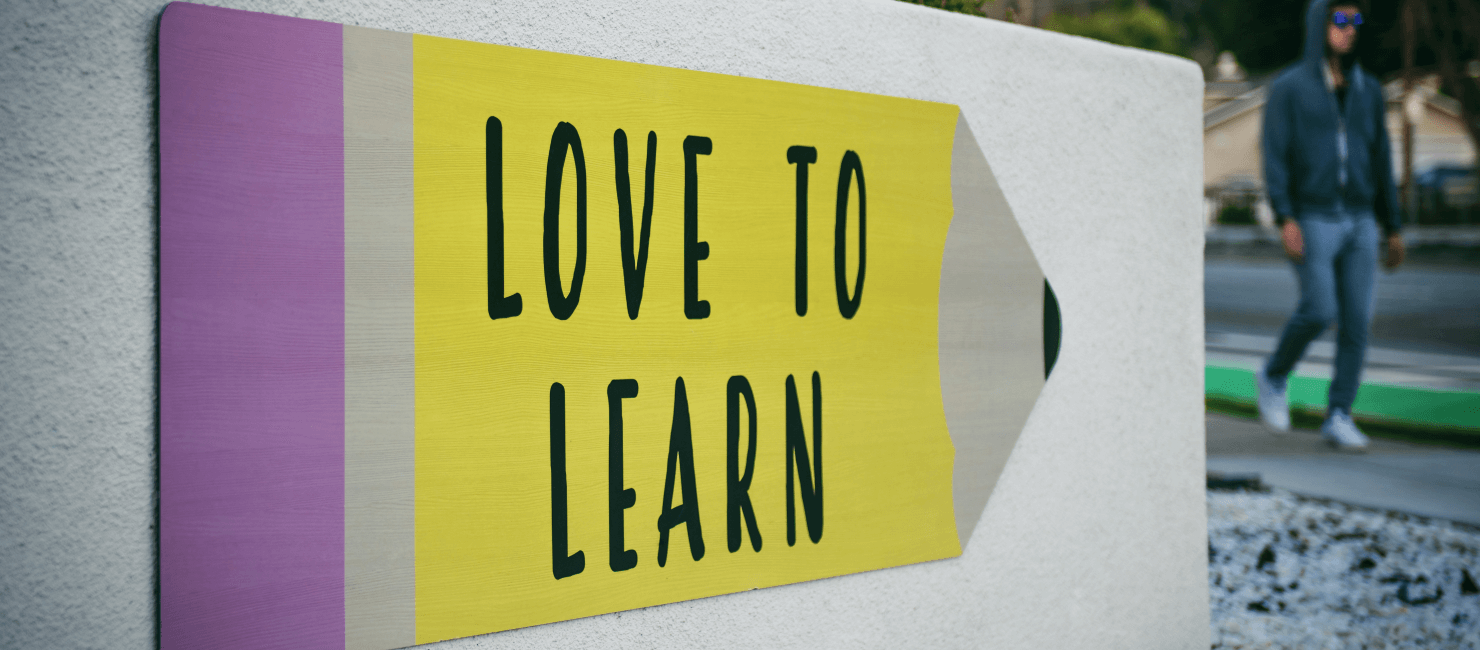
A firm understanding of the mindset and attitude required to encourage programming with your kids Tools and links to the best websites and apps for introducing code to kids Overview of the best programming languages, platforms and environments to see kids progress with programming Multiple digital and printable resources to initiate, progress and advance programming skills with your kids All the resources you need to take your kids to the next level and continue challenging them well into the future.
Call Now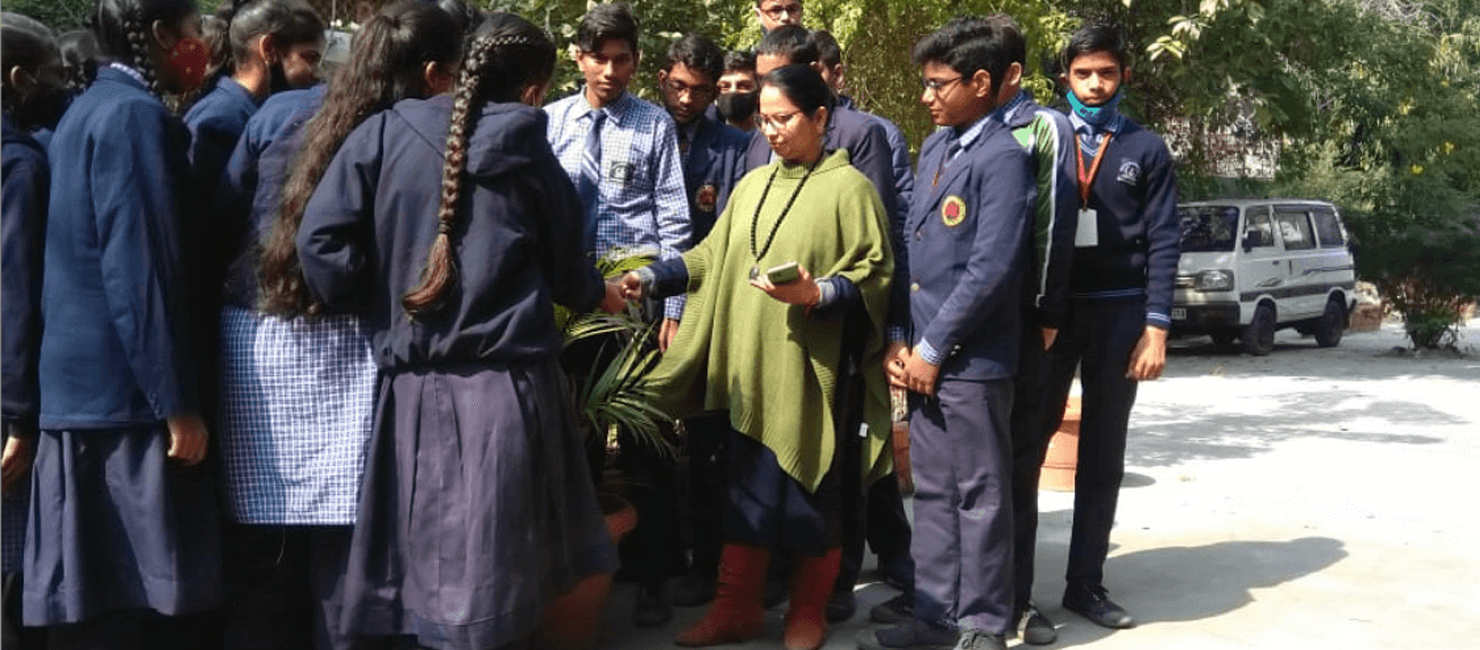
Eco-friendly literally means earth-friendly or not harmful to the environment. This term most commonly refers to products that contribute to green living or practices that help conserve resources like water and energy. Eco-friendly products also prevent contributions to air, water and land pollution. You can engage in eco-friendly habits or practices by being more conscious of how you use resources. Making a truly eco-friendly product keeps both environmental and human safety in mind. At a minimum, the product is non-toxic. Other eco-friendly attributes include the use of sustainably grown or raised ingredients, produced in ways that do not deplete the ecosystem. Organic ingredients or materials are grown without toxic pesticides or herbicides. Products with "made from recycled materials" contain glass, wood, metal or plastic reclaimed from waste products and made into something new. Biodegradable products break down through natural decomposition, which is less taxing on landfills and the ecosystem as a whole.
Call Now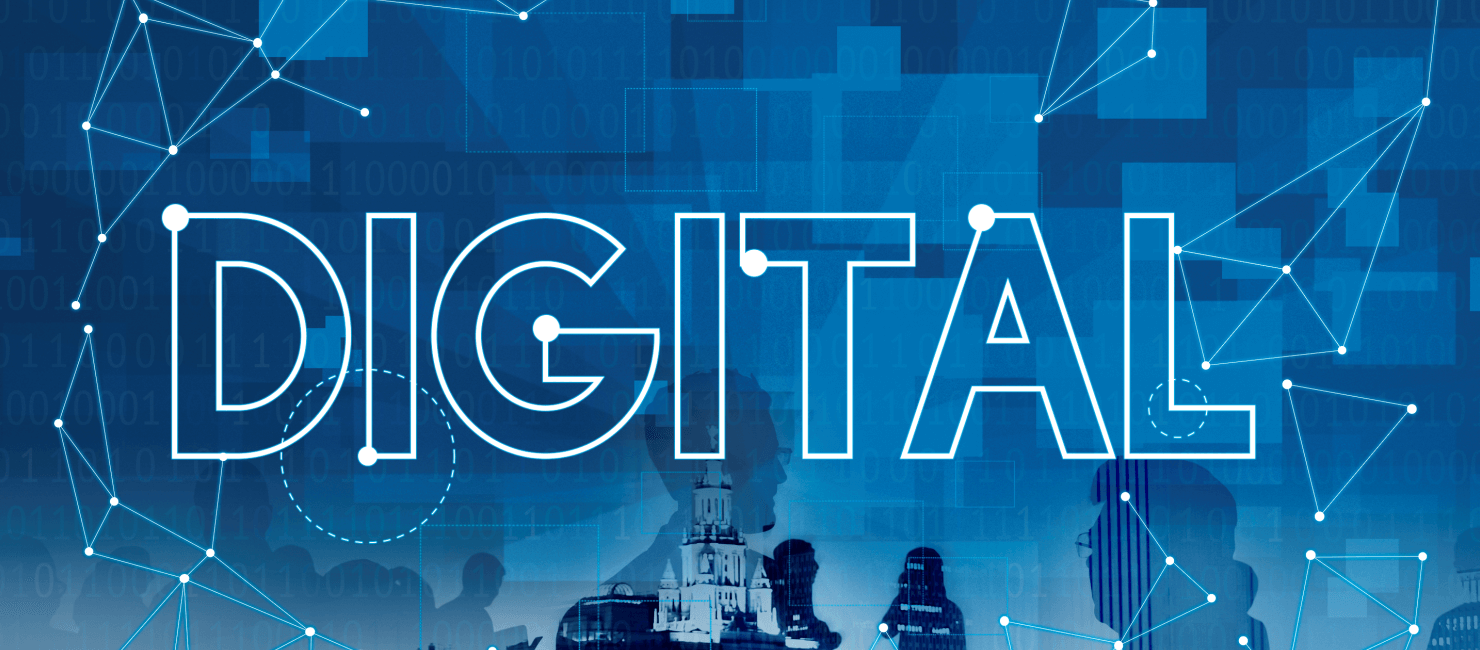
When it comes to technology and Covid-19, discussion often focuses on the colossal changes that have been forced, at breakneck speed, on organisations. You’ll have seen the stream of TV adverts featuring people on video calls, mirroring our own new ways of connecting in a disconnected world. You’ve no doubt encountered the various guides on how to make the best of remote working. And you’ve probably heard businesses talking about the radical steps they’re taking to protect their staff and customers. In many cases, the dialogue unfolds in a way that suggests change is a new thing. But we all know that this is not the case. That’s not to say the changes we’re all making aren’t profound. But rather, for many organisations, the pandemic has accelerated shifts that were already on the cards. The education sector is a powerful example of this. Even though Covid-19 is the most unwelcome of catalysts for change – and follows years of digital transformation in this sector – these organisations have responded amazingly.
Call Now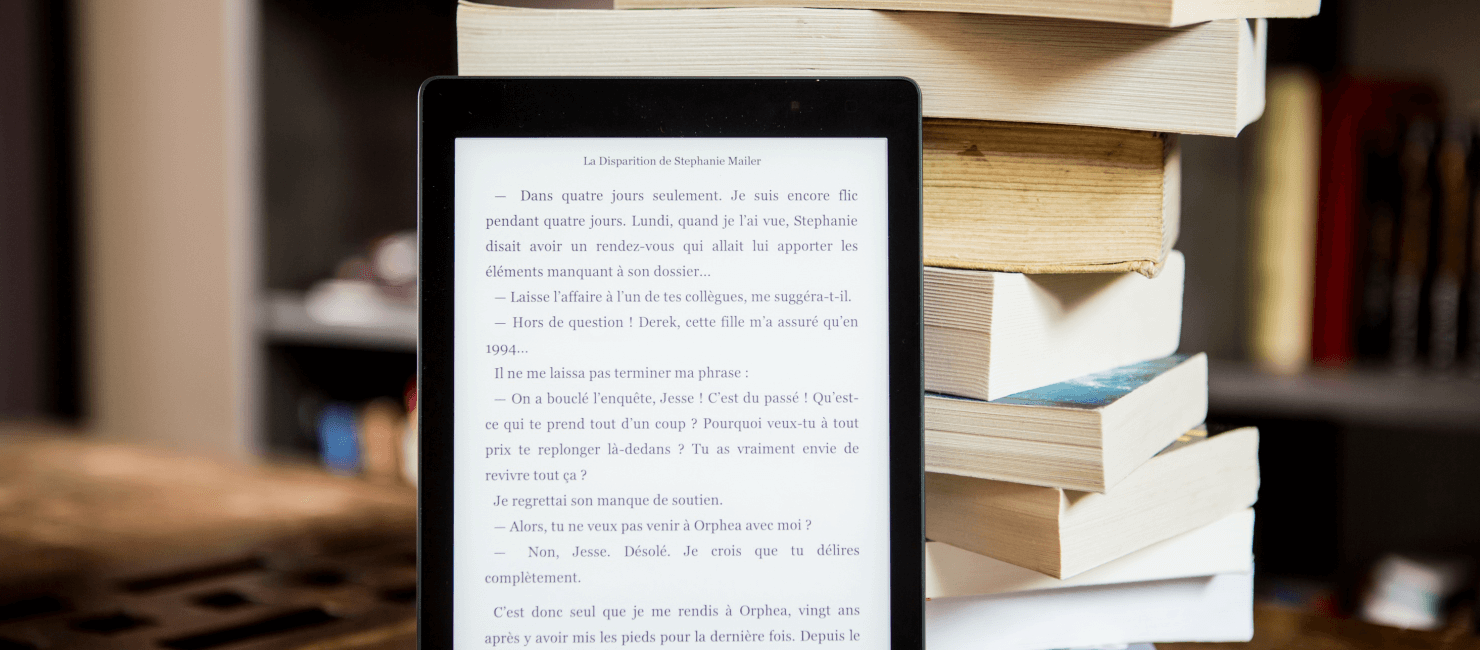
A digital library, also called an online library, an internet library, a digital repository, or a digital collection is an online database of digital objects that can include text, still images, audio, video, digital documents, or other digital media formats or a library accessible through the internet. Objects can consist of digitized content like print or photographs, as well as originally produced digital content like word processor files or social media posts. In addition to storing content, digital libraries provide means for organizing, searching, and retrieving the content contained in the collection. Digital libraries can vary immensely in size and scope, and can be maintained by individuals or organizations.[1] The digital content may be stored locally, or accessed remotely via computer networks. These information retrieval systems are able to exchange information with each other through interoperability and sustainability.
Call Now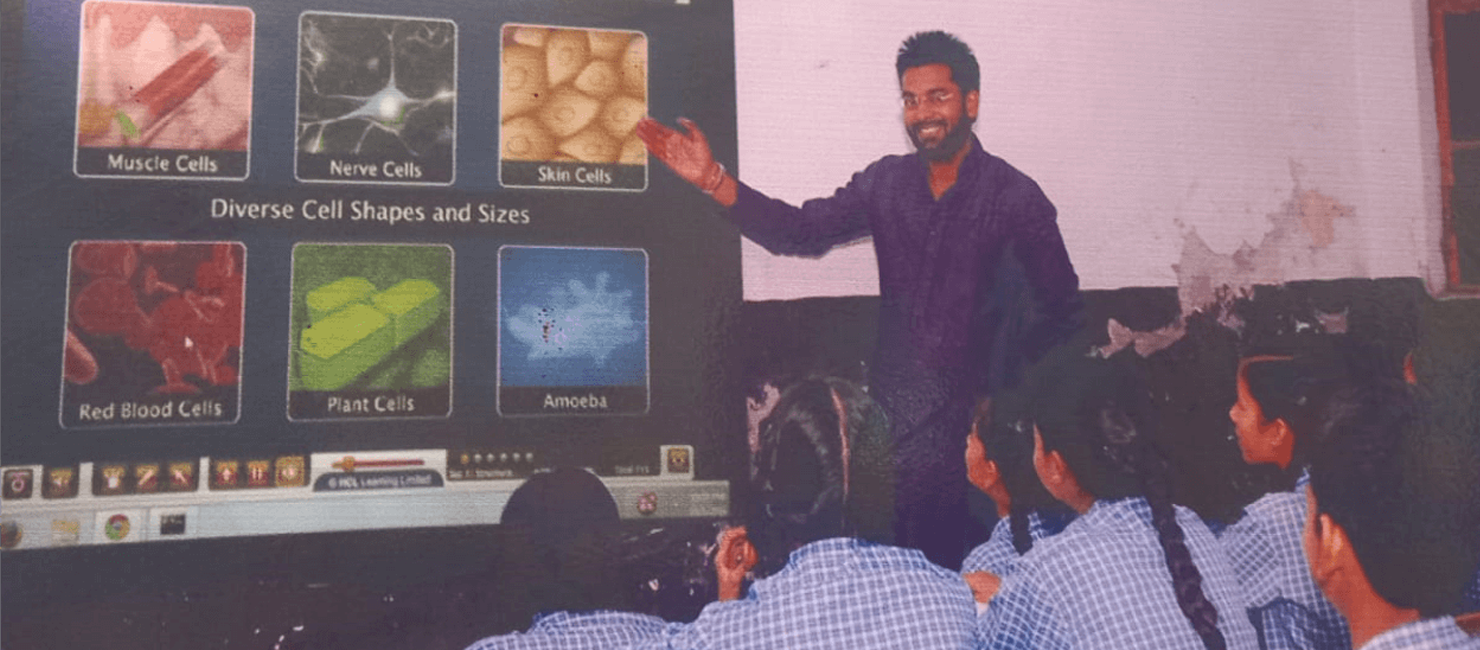
A digital classroom is typically one that incorporates electronic devices and software into the learning environment. A digital classroom is where a physical classroom extends into a digital space. The space of a digital classroom must hold potential for collaboration or continuing work outside of the classroom: reflective discussion forums online can be a good way to address this. In a digital classroom, the tone is set by technology. Because technology facilitates easy access to learning resources and networks, it’s easier for students to track their progress and for professors to highlight student work in a digital classroom.
Call Now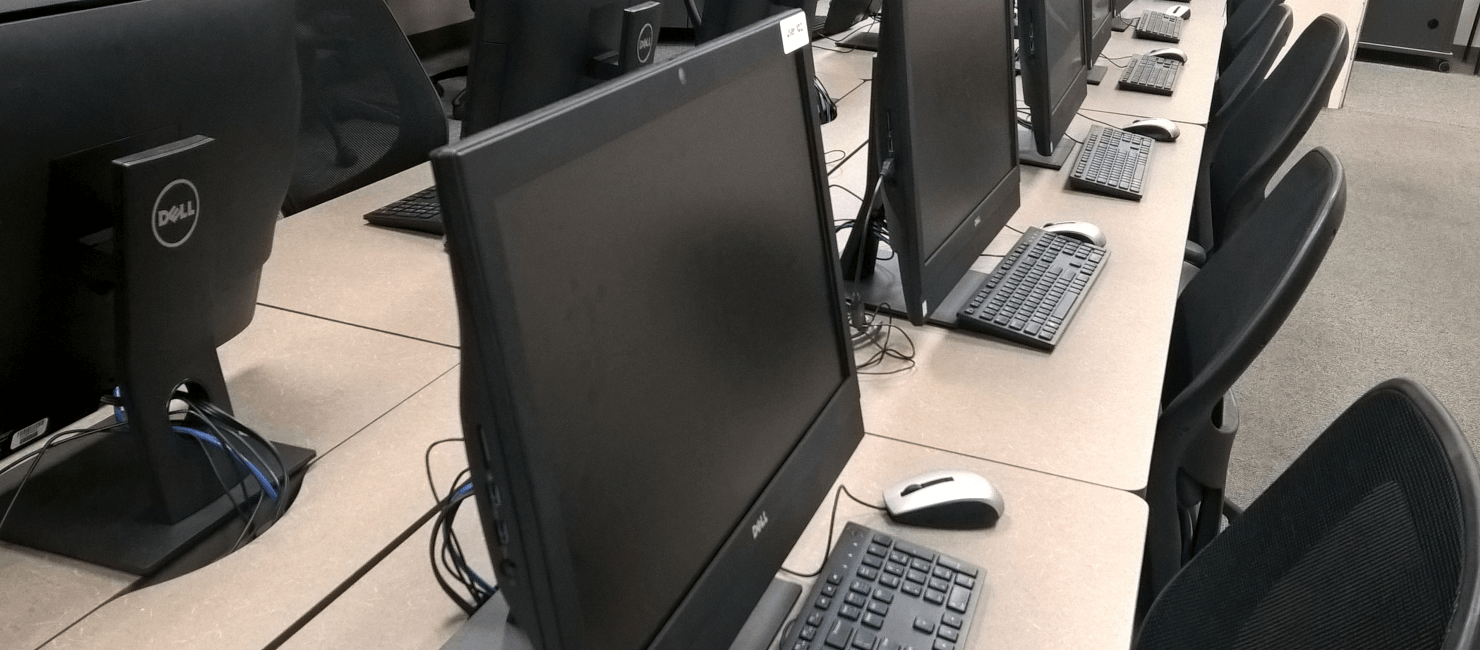
A computer lab is a space which provides computer services to a defined community. Computer labs are typically provided by libraries to the public, by academic institutions to students who attend the institution,[1] or by other institutions to the public or to people affiliated with that institution. Users typically must follow a certain user policy to retain access to the computers. This generally consists of the user not engaging in illegal activities or attempting to circumvent any security or content-control software while using the computers.[1] In public settings, computer lab users are often subject to time limits, in order to allow more people a chance to use the lab, whereas in other institutions, computer access typically requires valid personal login credentials,[1] which may also allow the institution to track the user's activities. Computers in computer labs are typically equipped with internet access, while scanners and printers may augment the lab setup. Computers in computer labs are typically arranged either in rows, so that every workstation has a similar view of one end of the room to facilitate lecturing or presentations,[2] or in clusters, to facilitate small group work.[3] In some cases, generally in academic institutions, student laptops or laptop carts[4] take the place of dedicated computer labs, although computer labs still have a place in applications requiring special software or hardware not practically implementable in personal computers
Call Now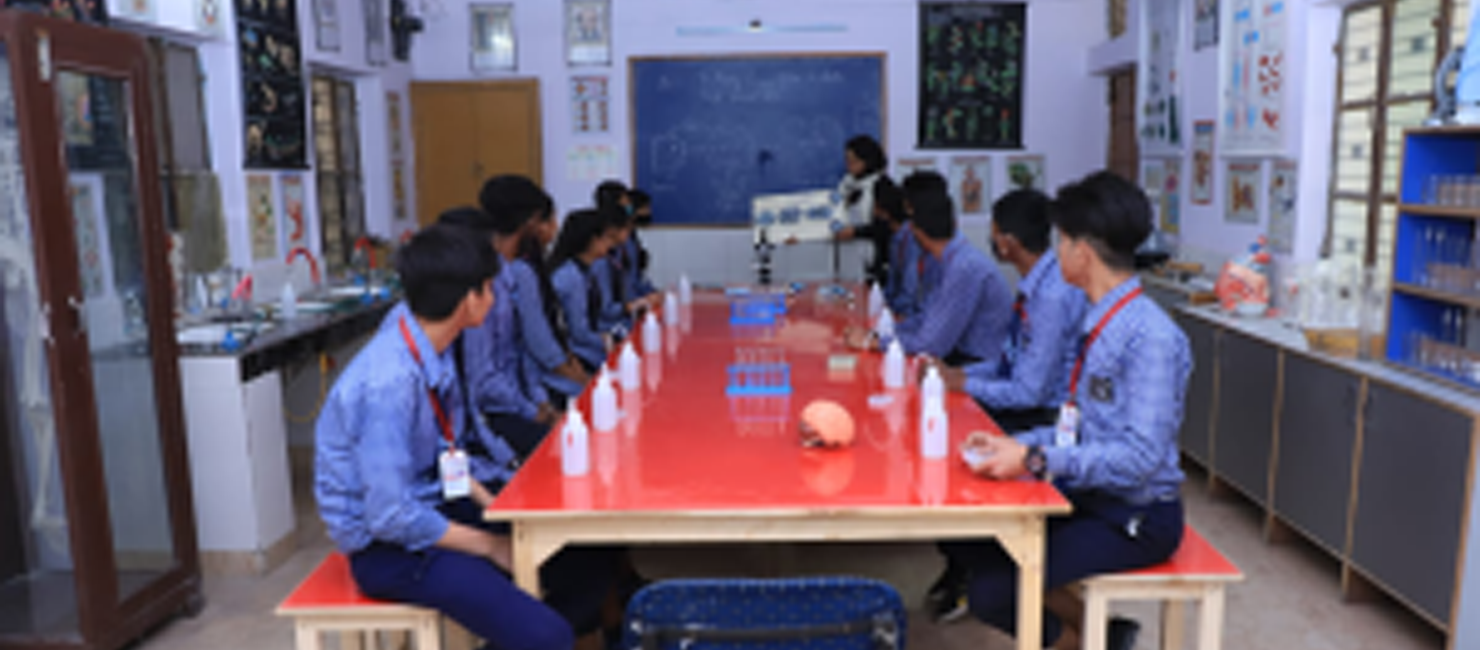
The organisation and contents of laboratories are determined by the differing requirements of the specialists working within. A physics laboratory might contain a particle accelerator or vacuum chamber, while a metallurgy laboratory could have apparatus for casting or refining metals or for testing their strength. A chemist or biologist might use a wet laboratory, while a psychologist's laboratory might be a room with one-way mirrors and hidden cameras in which to observe behavior. In some laboratories, such as those commonly used by computer scientists, computers (sometimes supercomputers) are used for either simulations or the analysis of data. Scientists in other fields will use still other types of laboratories. Engineers use laboratories as well to design, build, and test technological devices. Scientific laboratories can be found as research room and learning spaces in schools and universities, industry, government, or military facilities, and even aboard ships and spacecraft.
Call Now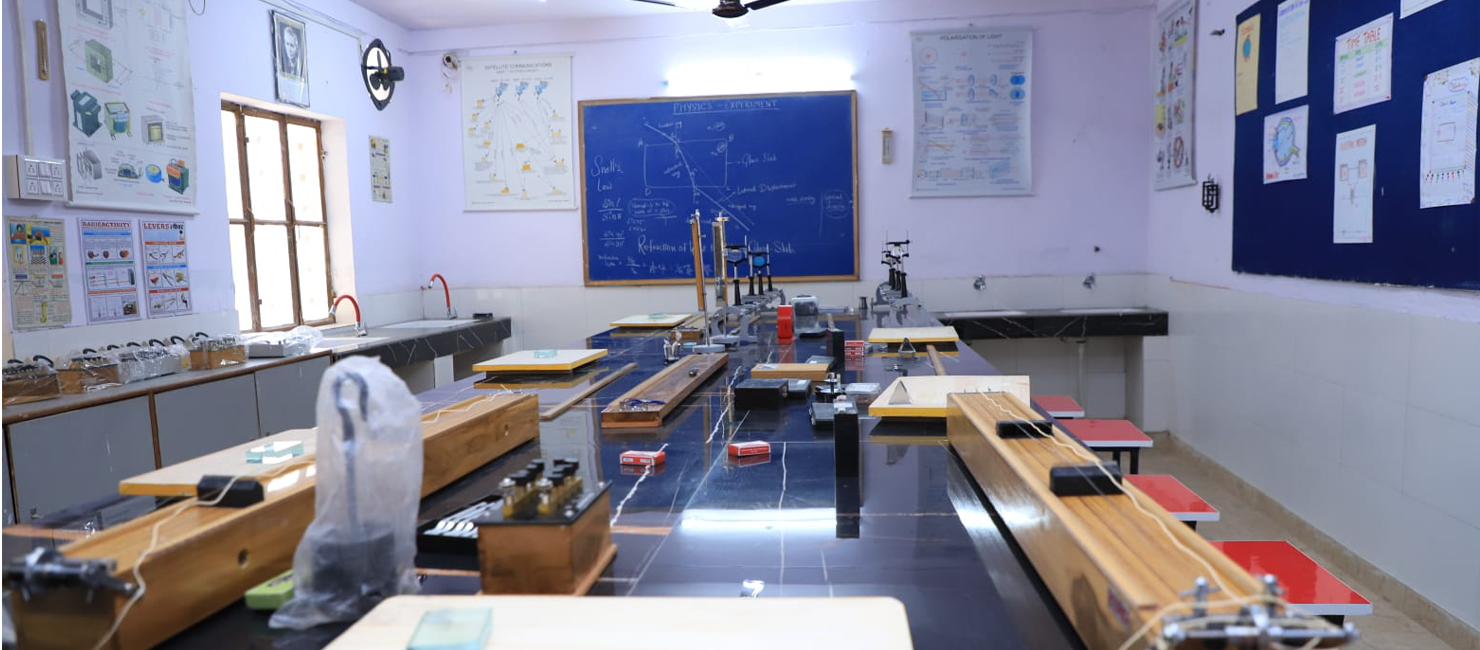
The physics laboratory is a place where anybody can experiment and explore teaching and learning material. It is a place where one can find a collection of games, puzzles, and etc. The materials are meant to be used both by the students on their own and with their teacher to explore the world of mathematics, to discover, to learn and to develop an interest in mathematics. The activities create interest among students or in anybody who wants to explore, and test some of their ideas, beliefs about physics. The activities in the maths lab should be appealing to a wide range of people, of different ages and varying mathematical proficiency. While the initial appeal is broad-based, the level of engagement of different individuals may vary. The maths lab activities listed here have been done with students and teachers of different grade levels. The physics lab provides an opportunity for the students to discover mathematics through doing. Many of the activities present a problem or a challenge, with the possibility of generating further challenges and problems. The activities help students to visualize, manipulate and reason. They provide opportunity to make conjectures and test them, and to generalize observed patterns. They create a context for students to attempt to prove their conjectures.
Call Now
A library is a collection of materials, books or media that are easily accessible for use and not just for display purposes. It is responsible for housing updated information in order to meet the user's needs on a daily basis. A library provides physical (hard copies documents) or digital access (soft copies) materials, and may be a physical location or a virtual space, or both. A library's collection can include printed materials and other physical resources in many formats such as DVDs, CDs and Cassette as well as access to information, music or other content held on bibliographic databases. A library, which may vary widely in size, may be organized for use and maintained by a public body such as a government, an institution/ schools, a corporation, or a private individual. In addition to providing materials, libraries also provide the services of librarians who are trained and experts at finding, selecting, circulating and organizing information and at interpreting information needs, navigating and analyzing very large amounts of information with a variety of resources.
Call Now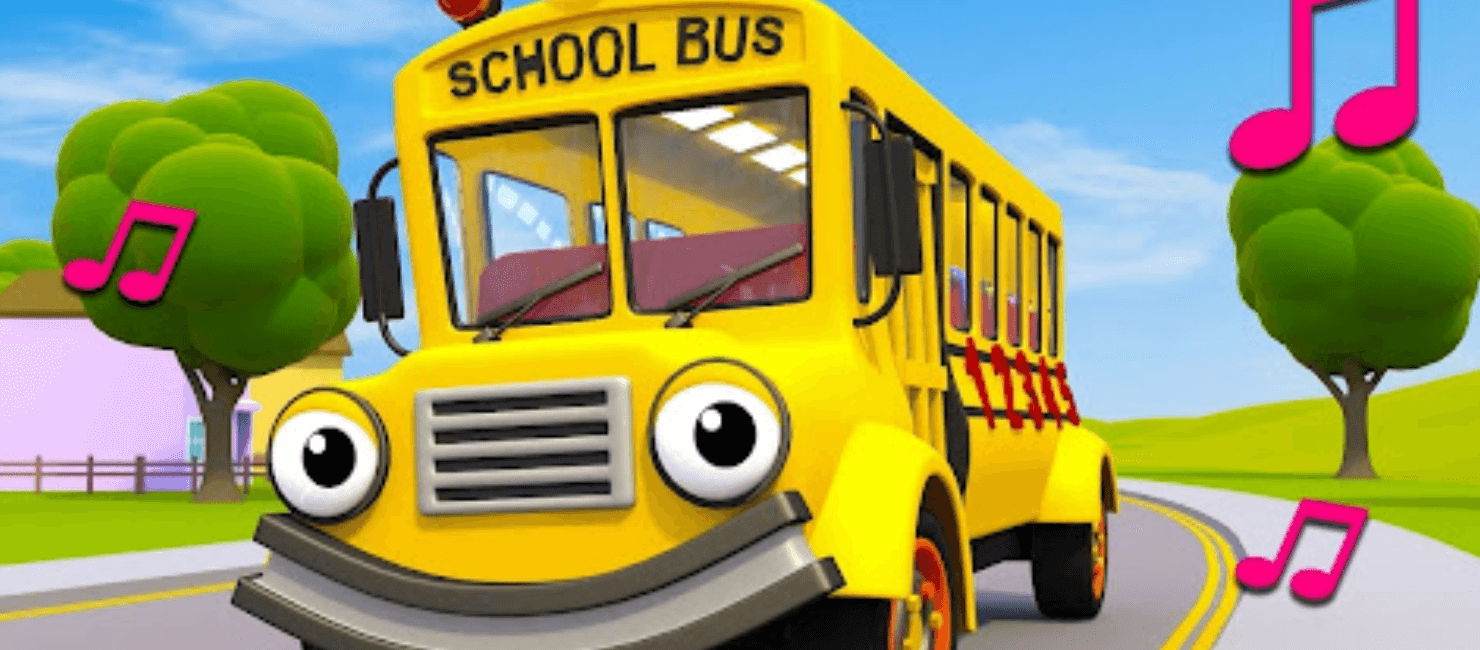
The Nrms School is providing a completely facilitated bus services covering the entire area with different stops at regular and punctual time intervals for picking up students and teachers. The School transportation is equipped with the following facilities lay down by CBSE norms and RTO department. School buses are spacious with a required capacity to accommodate students. Every bus has a teacher to ensure proper discipline & safety of students. School bus drivers are responsible to pick & drop the children to their respective stops within an hour of the school starting and getting over. For ensuring additional safety of our students, speed governor is installed in buses with speed limit set at 40kms/hr. The school is also in process of installing navigation system in the buses helping parents to know the exact location of the . bus at any given time.
Call Now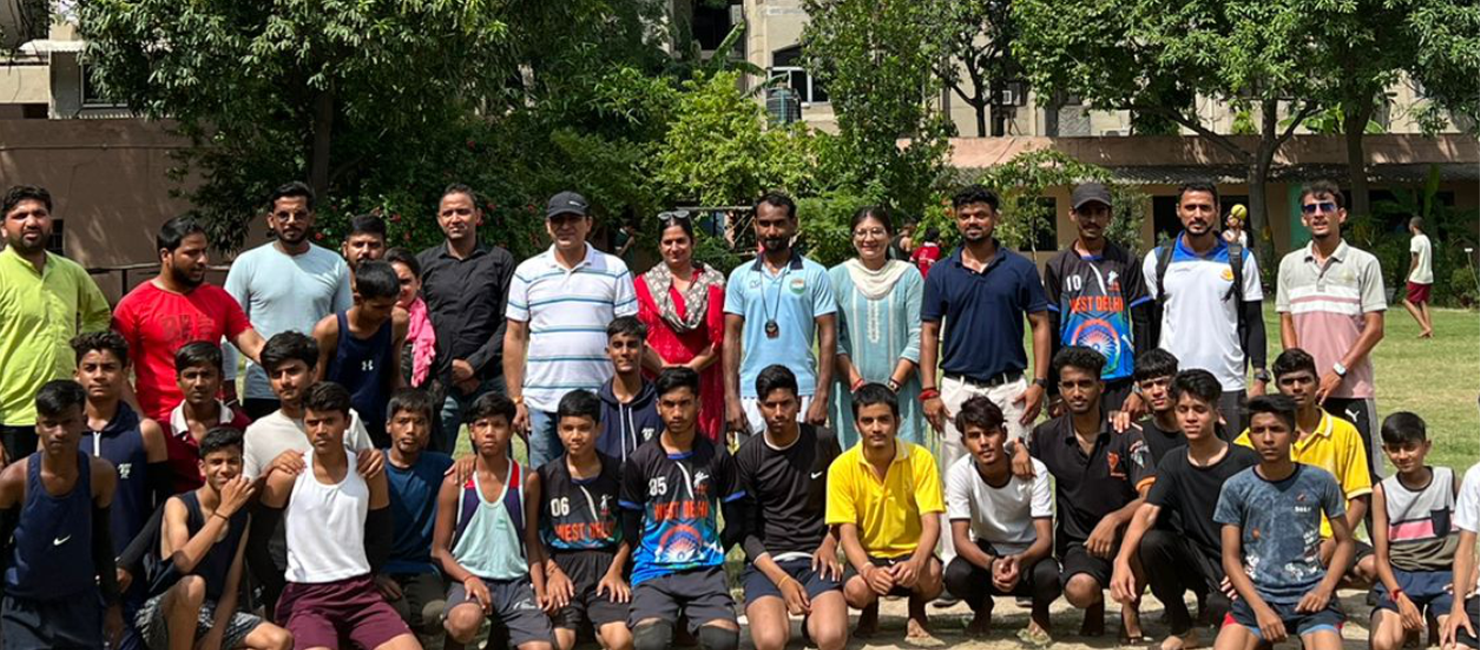
Sport pertains to any form of competitive physical activity or game that aims to use, maintain or improve physical ability and skills while providing enjoyment to participants and, in some cases, entertainment to spectators. Sports can, through casual or organized participation, improve one's physical health. Hundreds of sports exist, from those between single contestants, through to those with hundreds of simultaneous participants, either in teams or competing as individuals. In certain sports such as racing, many contestants may compete, simultaneously or consecutively, with one winner; in others, the contest (a match) is between two sides, each attempting to exceed the other. Some sports allow a "tie" or "draw", in which there is no single winner; others provide tie-breaking methods to ensure one winner and one loser. A number of contests may be arranged in a tournament producing a champion.
Call Now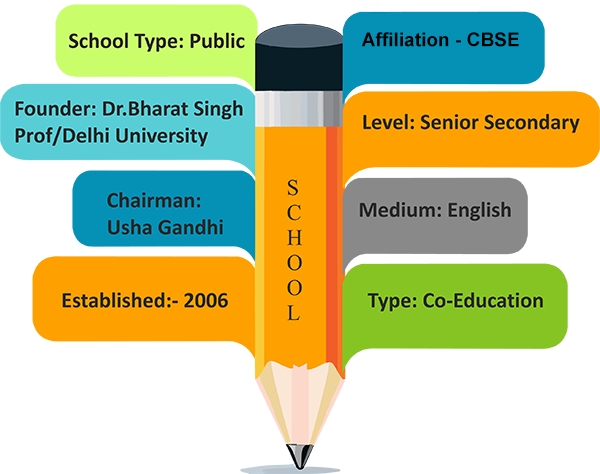
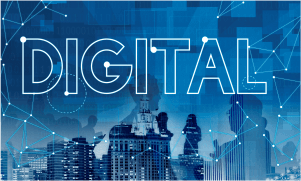
When it comes to technology and Covid-19, discussion often focuses on the colossal changes that have been forced, at breakneck speed, on organisations. You’ll have seen the stream of TV adverts featuring people on video calls, mirroring our own new ways of connecting in a disconnected world...
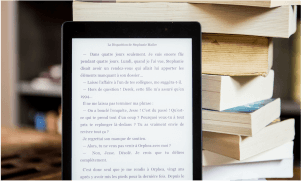
A digital library, also called an online library, an internet library, a digital repository, or a digital collection is an online database of digital objects that can include text, still images, audio, video, digital documents, or other digital media formats or a library accessible through the internet. Objects can

Eco-friendly literally means earth-friendly or not harmful to the environment. This term most commonly refers to products that contribute to green living or practices that help conserve resources like water and energy. Eco-friendly products also prevent contributions to air, water and land pollution...

A library is a collection of materials, books or media that are easily accessible for use and not just for display purposes. It is responsible for housing updated information in order to meet the user's needs on a daily basis. A library provides physical (hard copies documents) or digital access (soft copies) materials,
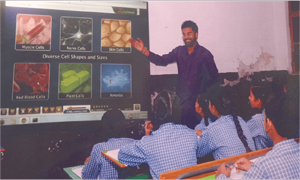
A digital classroom is typically one that incorporates electronic devices and software into the learning environment. A digital classroom is where a physical classroom extends into a digital space. The space of a digital classroom must hold potential for collaboration or continuing work outside of the